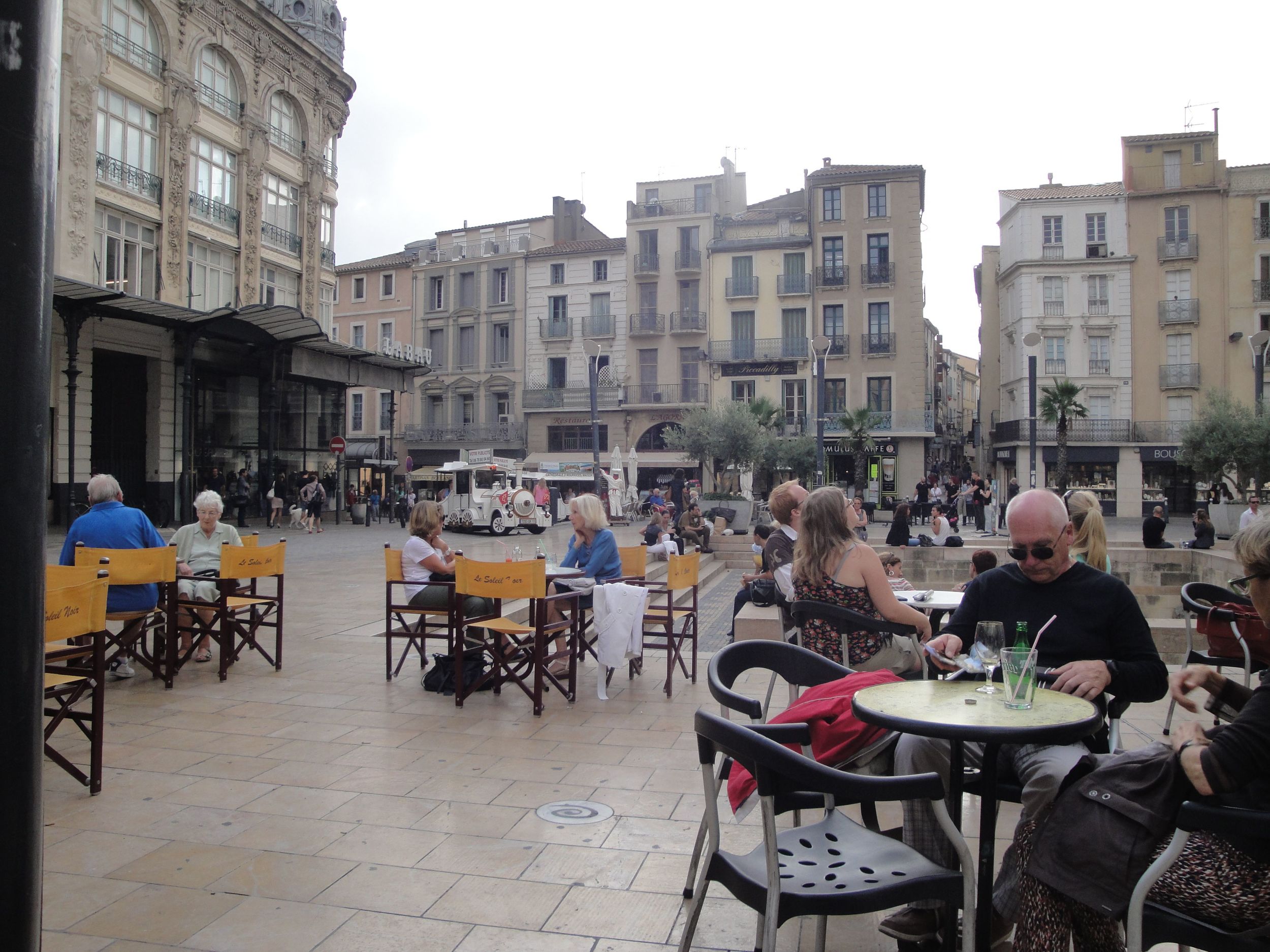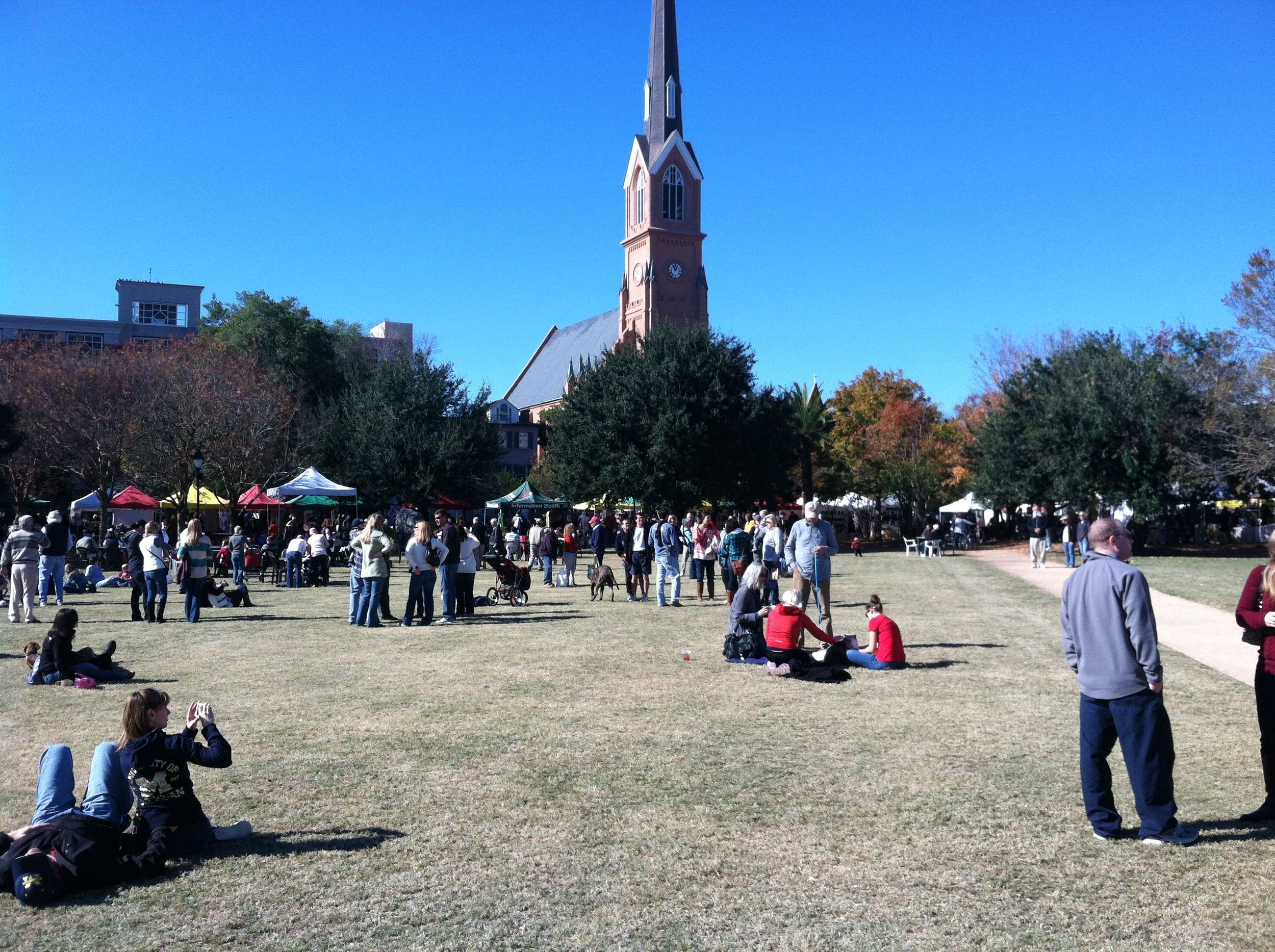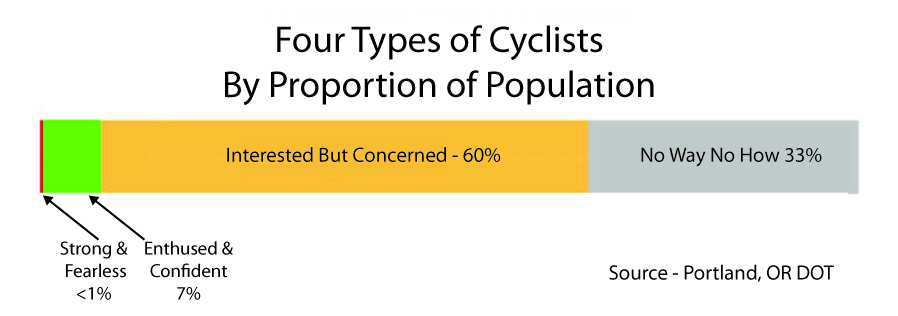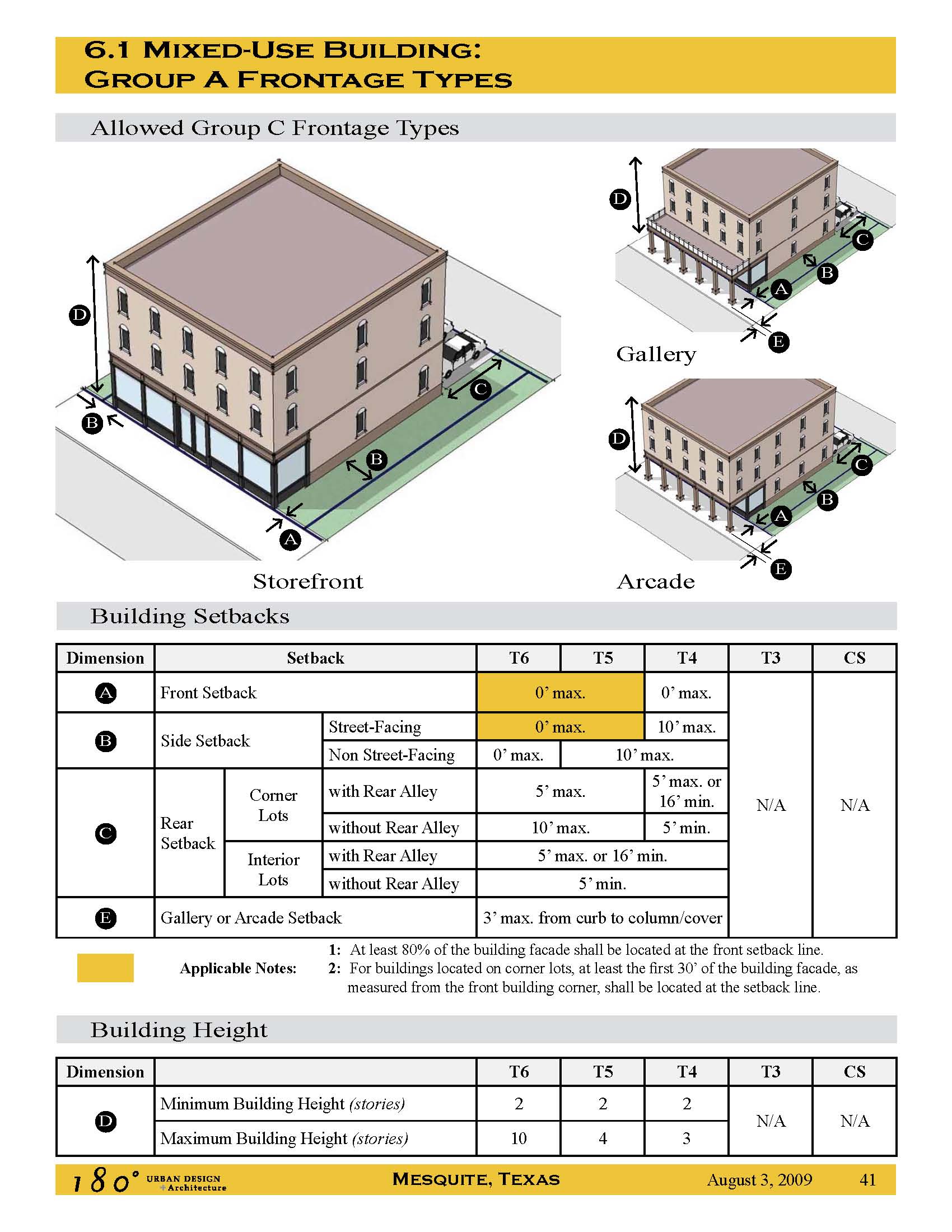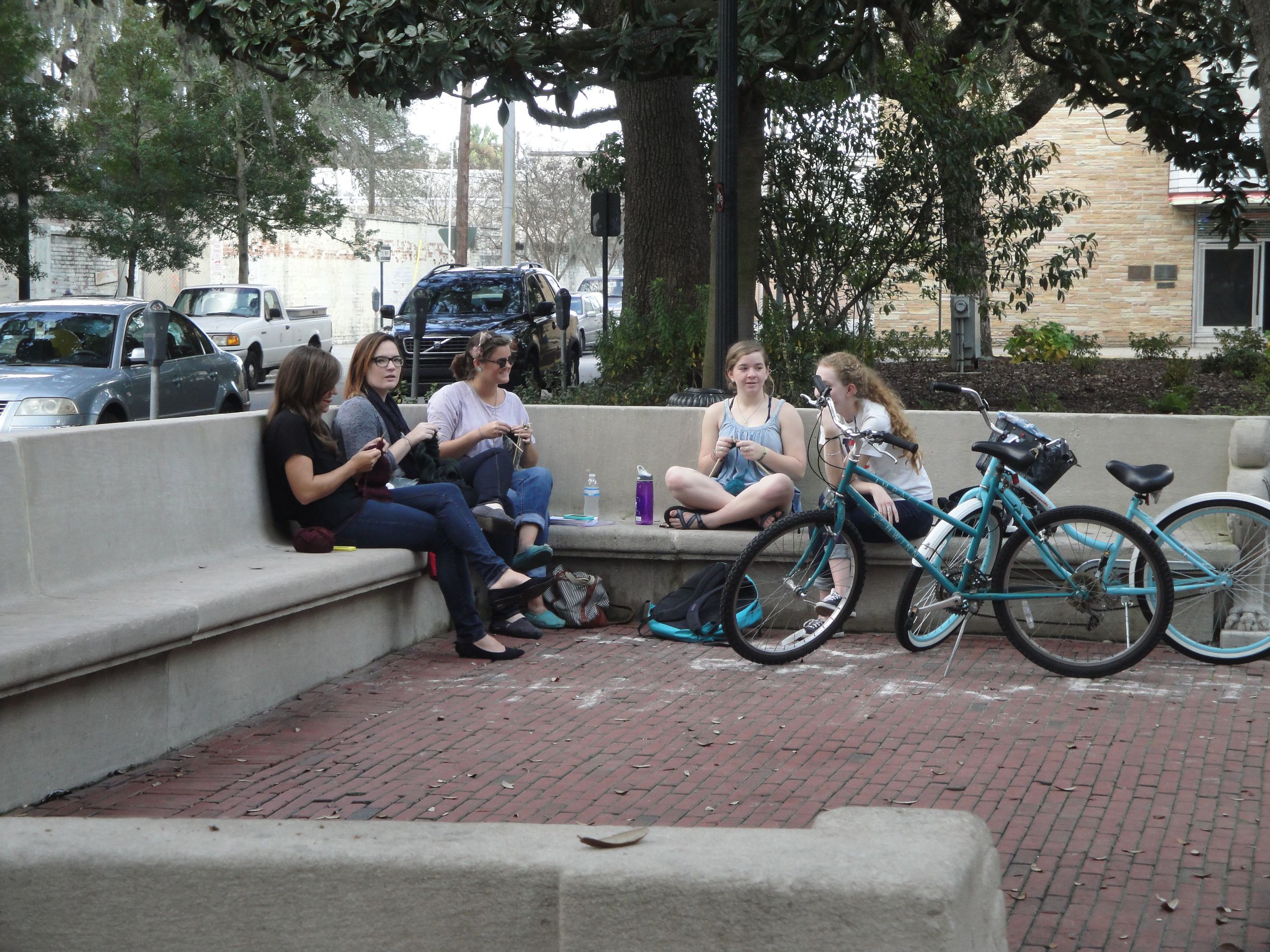The evidence is in. People are longing for walkable, sociable neighborhoods.The 20th century was marked by a global attitude towards embracing the new, modern era and casting out the old. The 21st century is quickly becoming a time to reclaim our lost traditions, connect better with each other and use our advanced technologies in ways that are much more, well, human.
If you need convincing, look elsewhere. (personally, I suggest starting here) If instead you want a successful walkable neighborhood then this is the place to begin. Here you'll find direct, honest analysis as to what works and what does not.
For more than two decades I've extensively studied what actually works to make cities more walkable and sociable. This has been far more than an academic exercise. I've worked with clients in cities of every size, measured and tested ideas myself and traveled the globe to observe what is universal and what is unique. It's safe to say: this has been my passion for many, many years.
The result of all of this study is that I've been able to sift through the many theories, ideas and principles in the fields of urban planning, design and architecture. This recipe, in 11 easy steps, is my guide toward making life better for any city wanting to make an effort. It's geared primarily towards an American audience, since that is where I live and work. And, most especially it's geared towards those places that aren't the eight or ten big cities that get all the press and attention.
Four of the eleven steps are the most critical and are presented here for your interest. If you do nothing at all, do these four things. But then, going only part of the way will only get you a C. If you want an A, you'll need to buy the booklet and apply the ideas yourself. I hope you enjoy and always appreciate your thoughts and questions.


